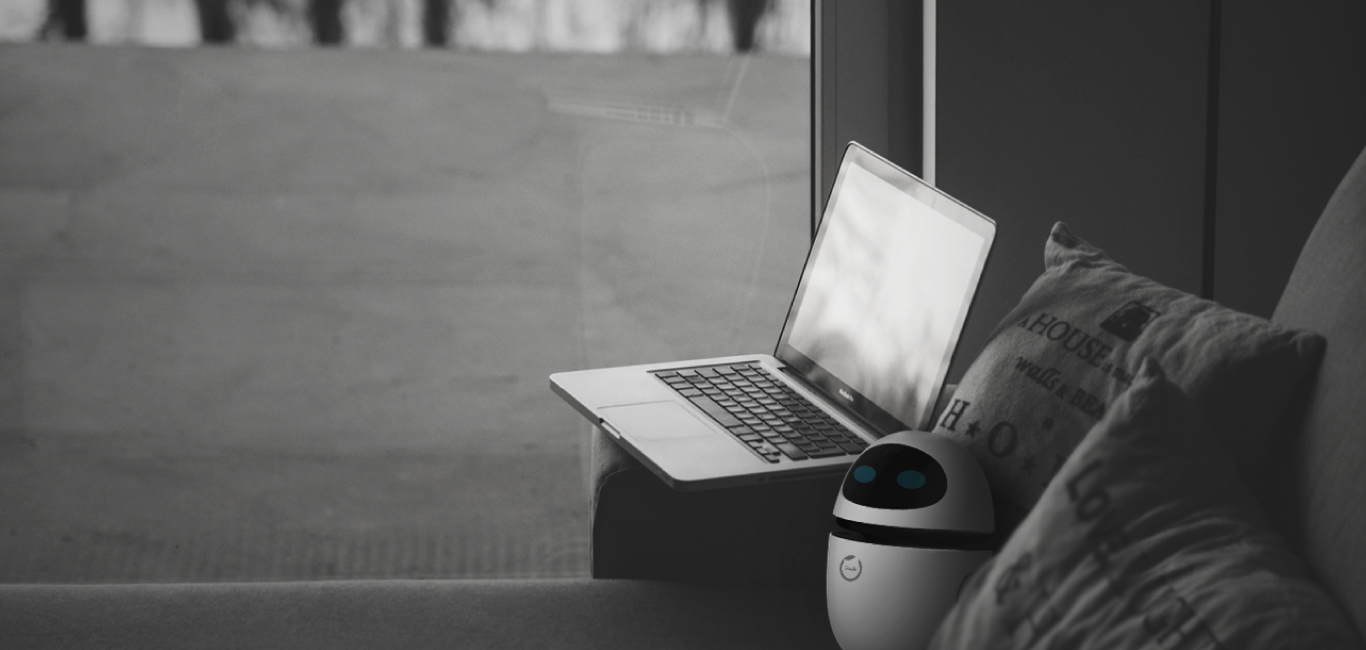
Know You More
懂你,总会多一点

科技正用你无法想象的速度在改变世界,改变人们的生活
无人驾驶车将改变人们的出行方式。据估计,无人驾驶车可将每年因交通事故死亡的人数(120万)削减一半。
简称VR,创建和体验虚拟世界,有一天你也会有专属自己的虚拟人生。
未来将会有更多给人们生活带来改变的机器人,甚至机器人会有自己的情感。
人们已经在利用无人机寻找等待救援的远足者和滑雪者,拍摄房屋航空图像,以及调查考古遗址。
我们致力于让科技改善人们的生活

我们是一群热衷于智能机器人的极客、设计师和发烧友,对未来充满无限创想、野心和激情。“在最好的时光里,撒野去”是我们所倡导的品牌文化,号召属于这个时代的年轻人,不羁束缚、随心逐梦!
比普通创客幸运一些的是,我们成立之初,就在语义技术、图数据管理和供应链方面拥有比较丰富的经验和积累,并且、汇聚整合了完善的生产链条和多元的渠道资源,我们愿意拥抱大胆有趣的产品理念,为用户创造更多的惊喜!